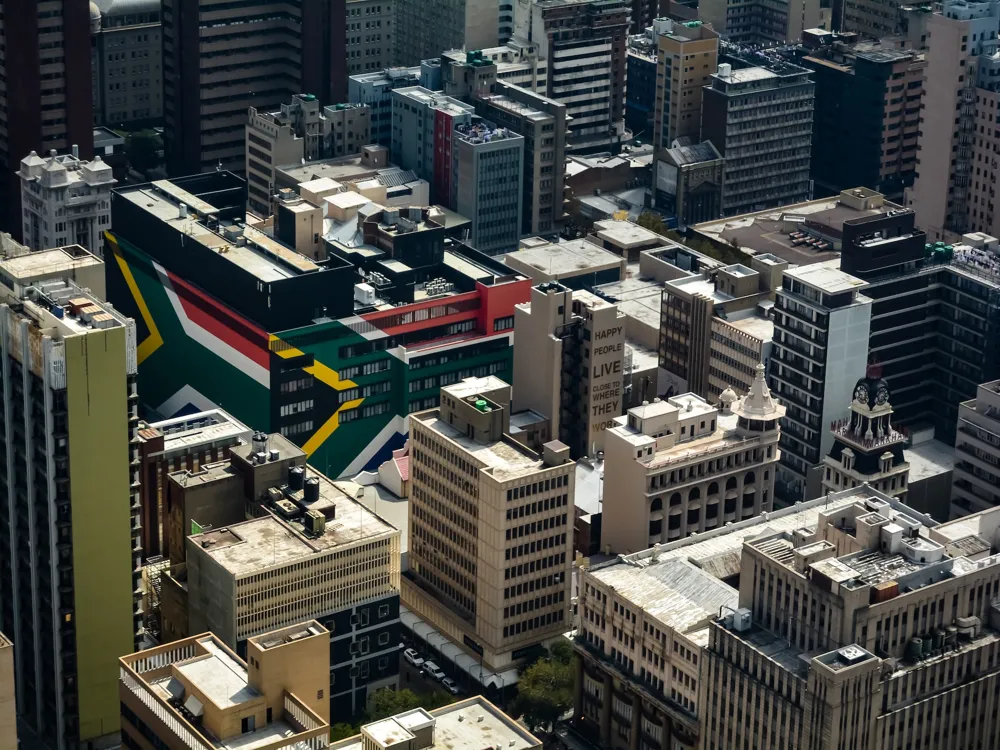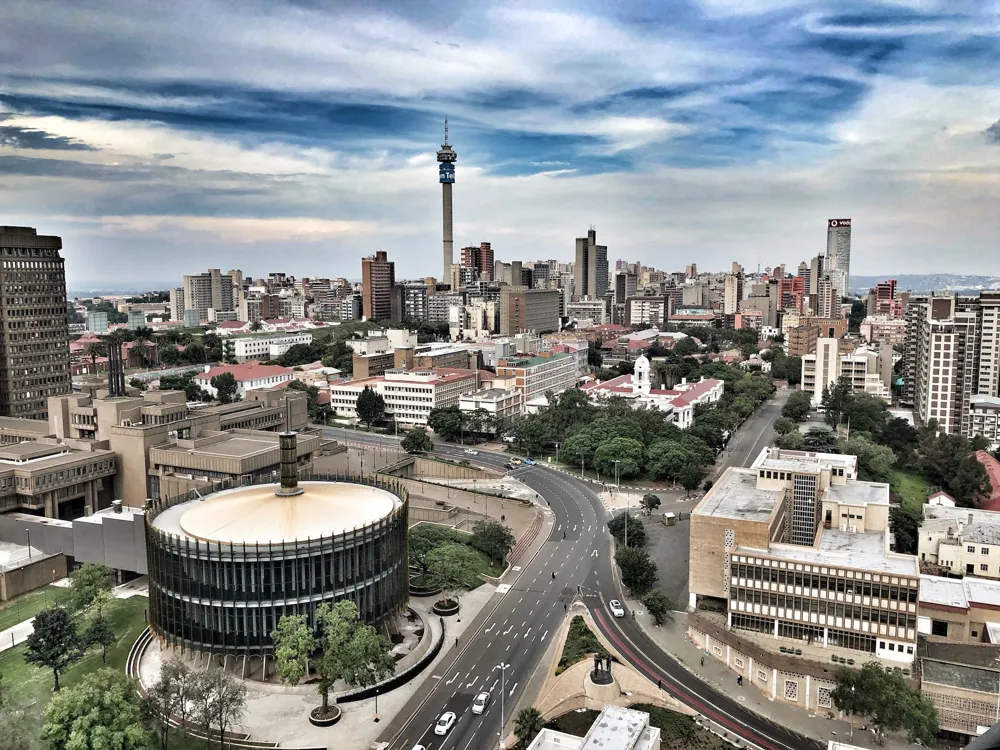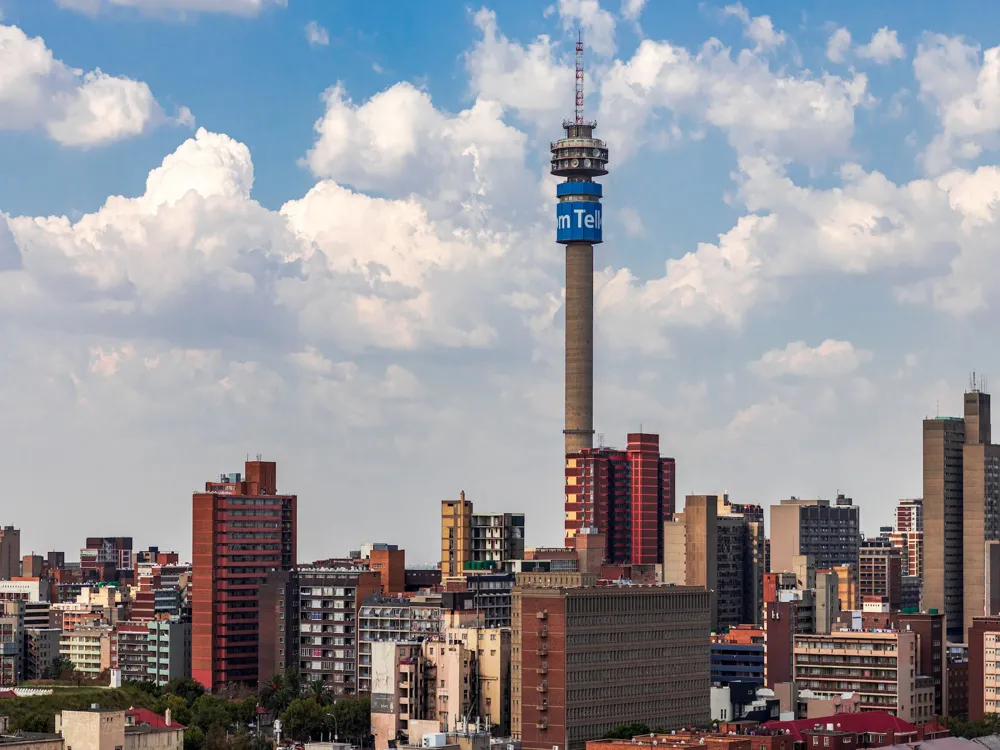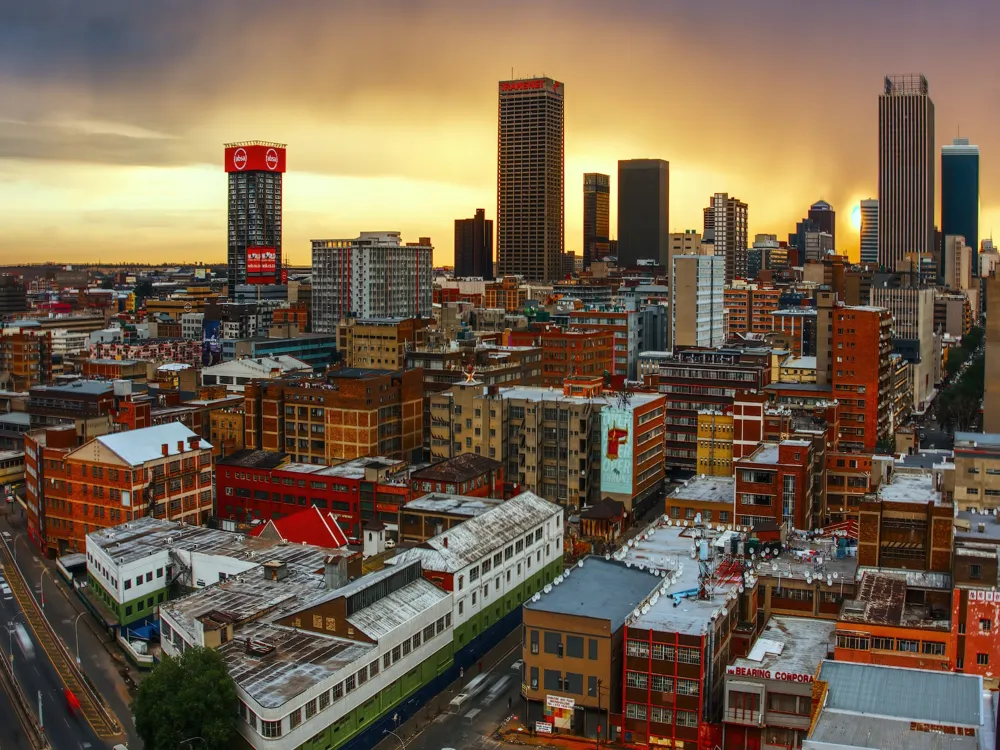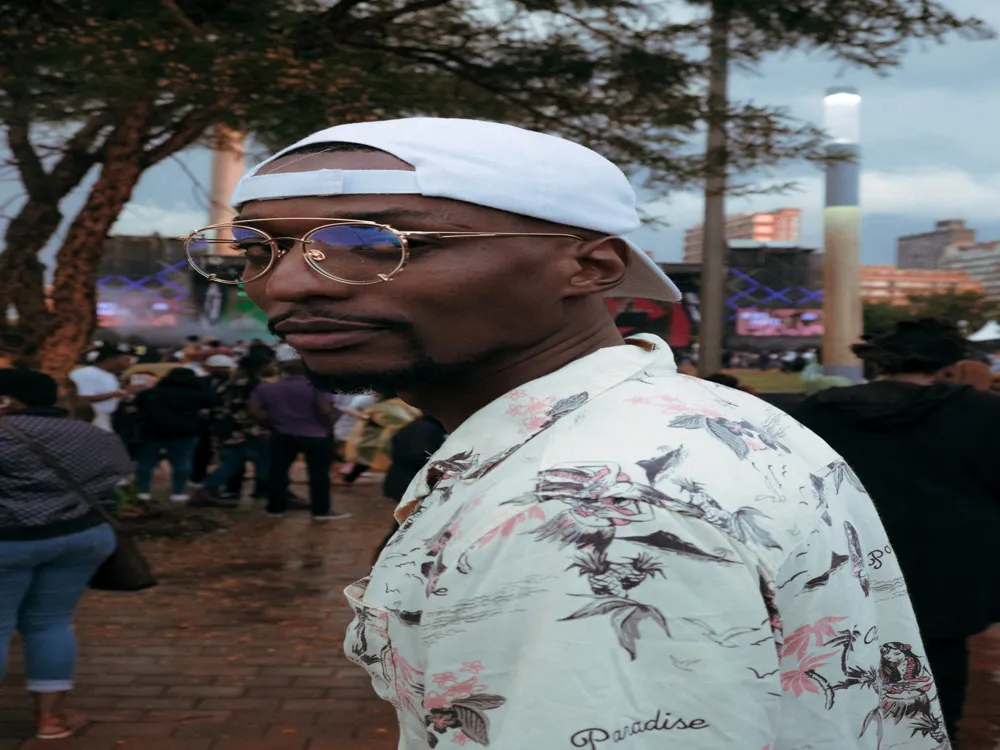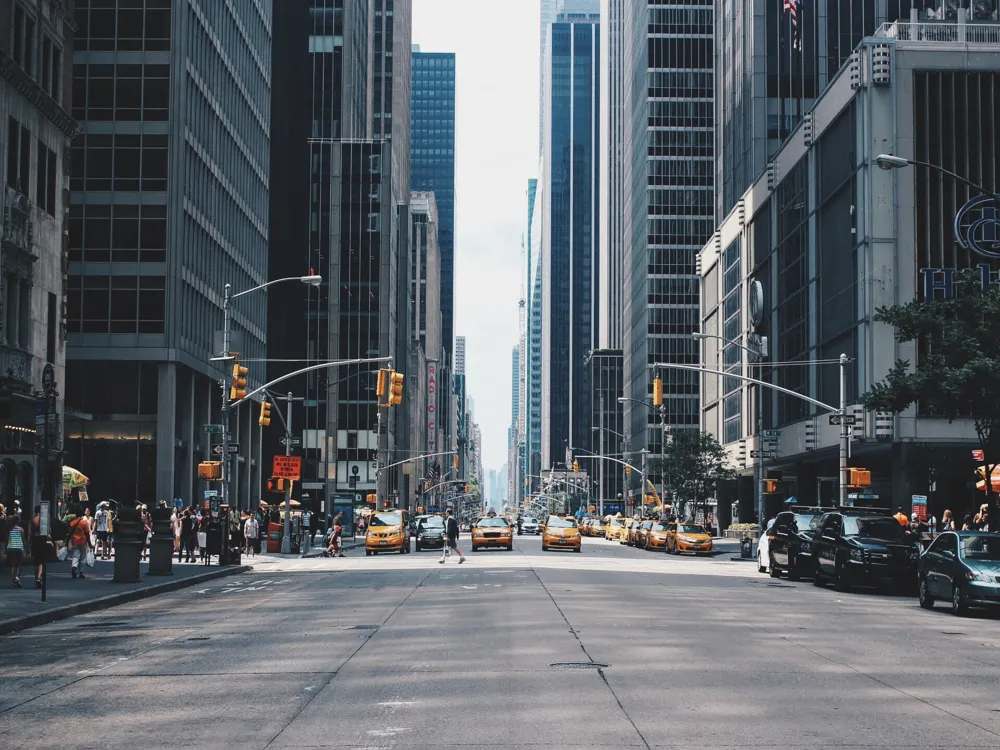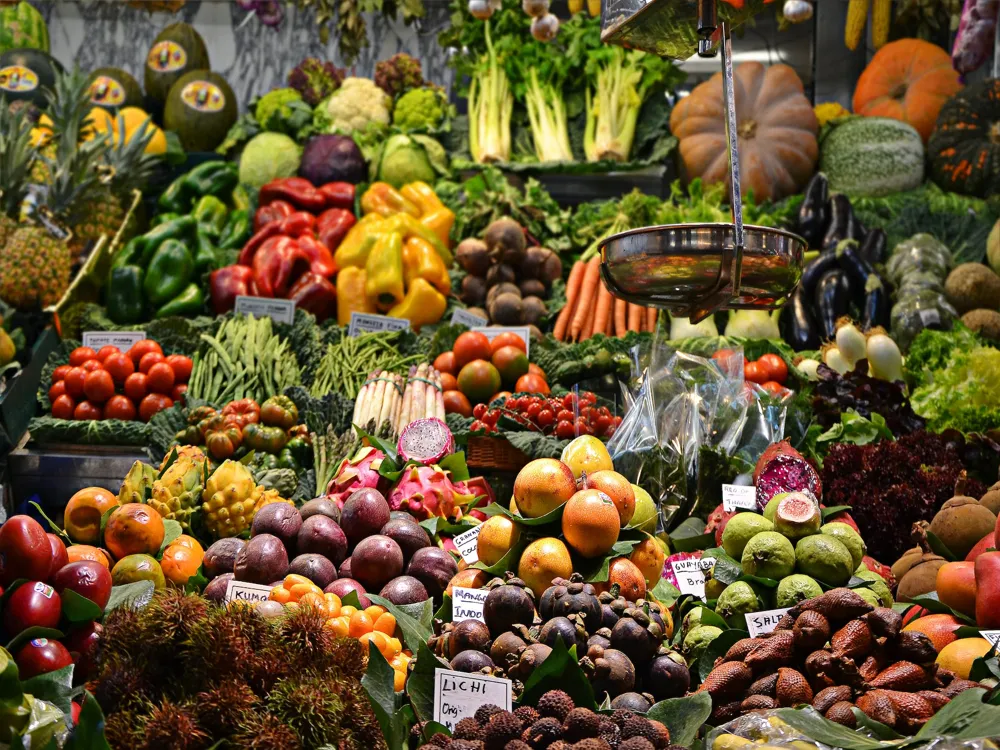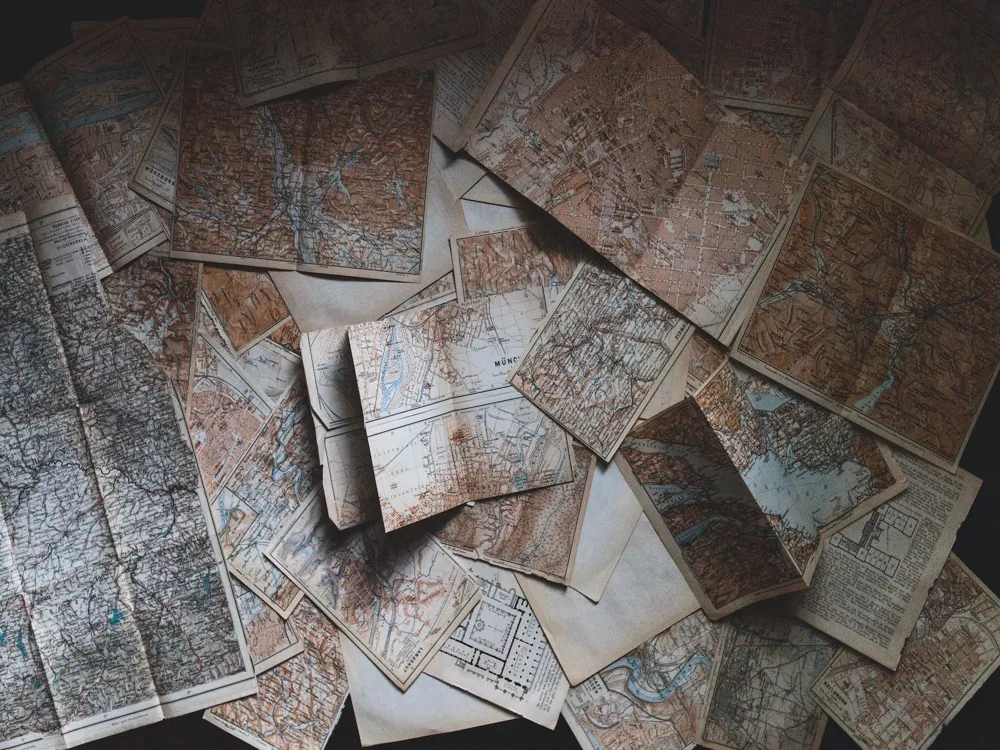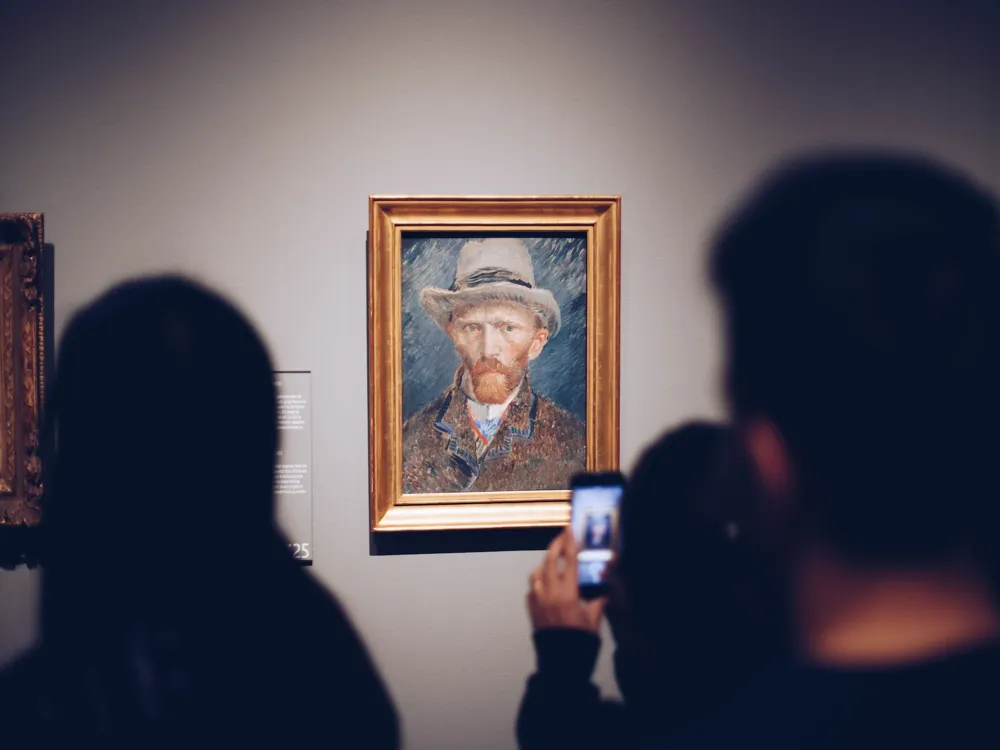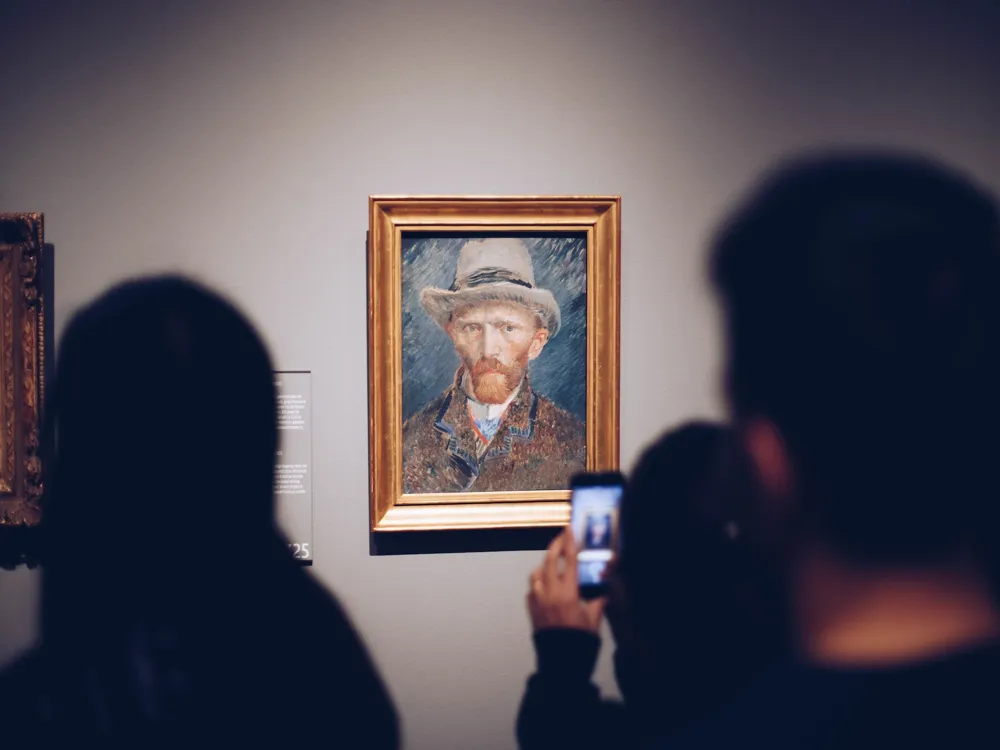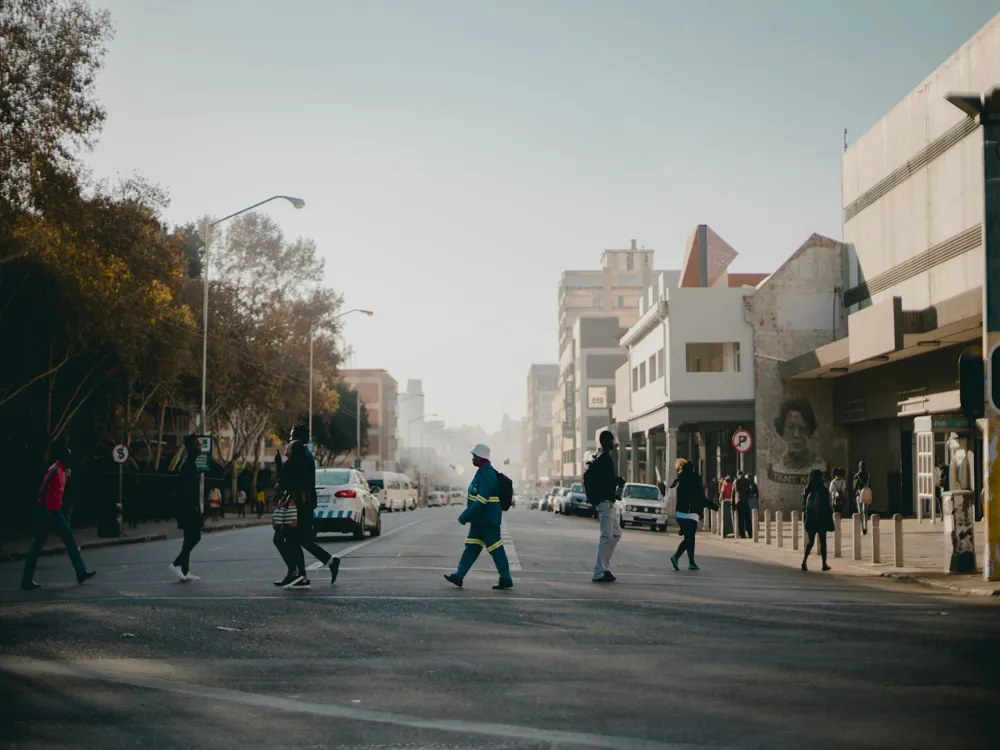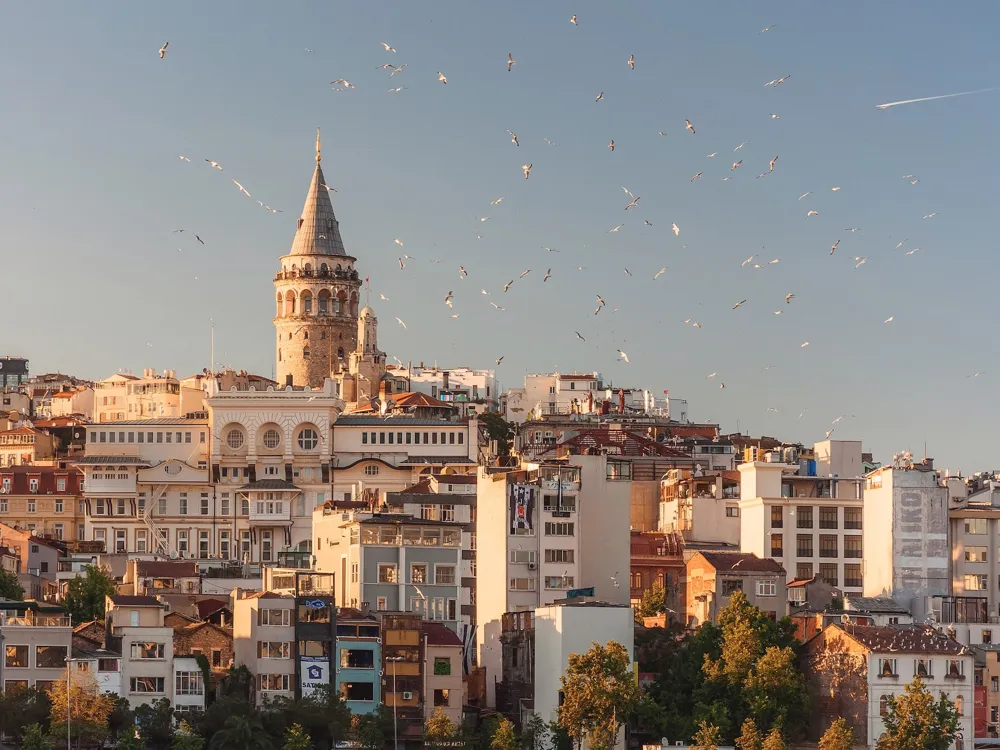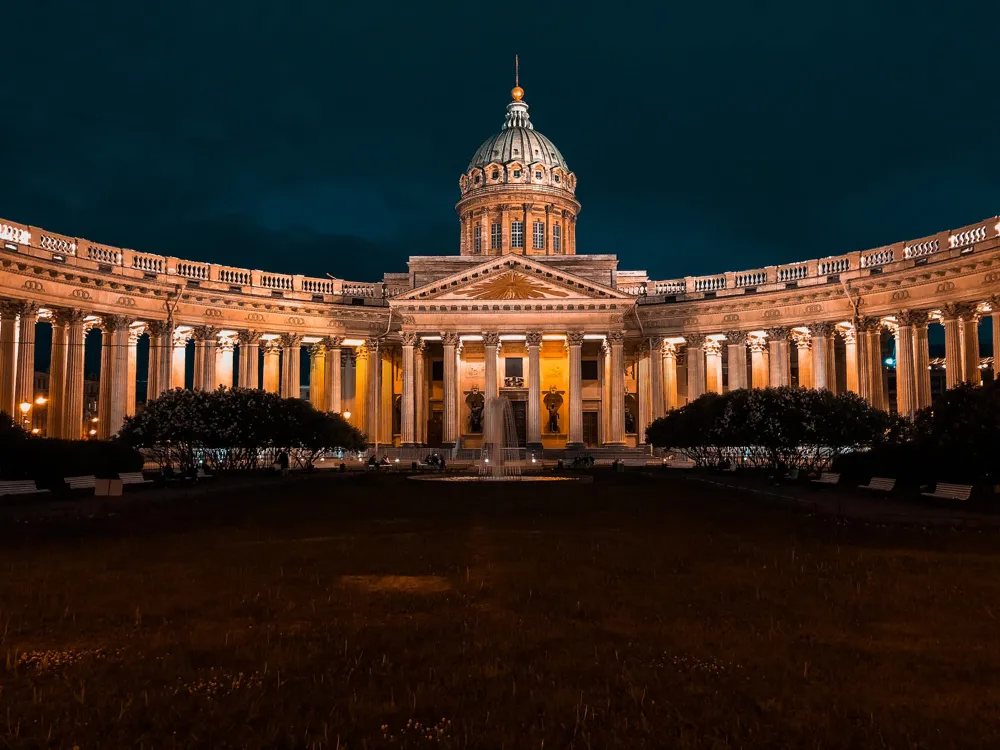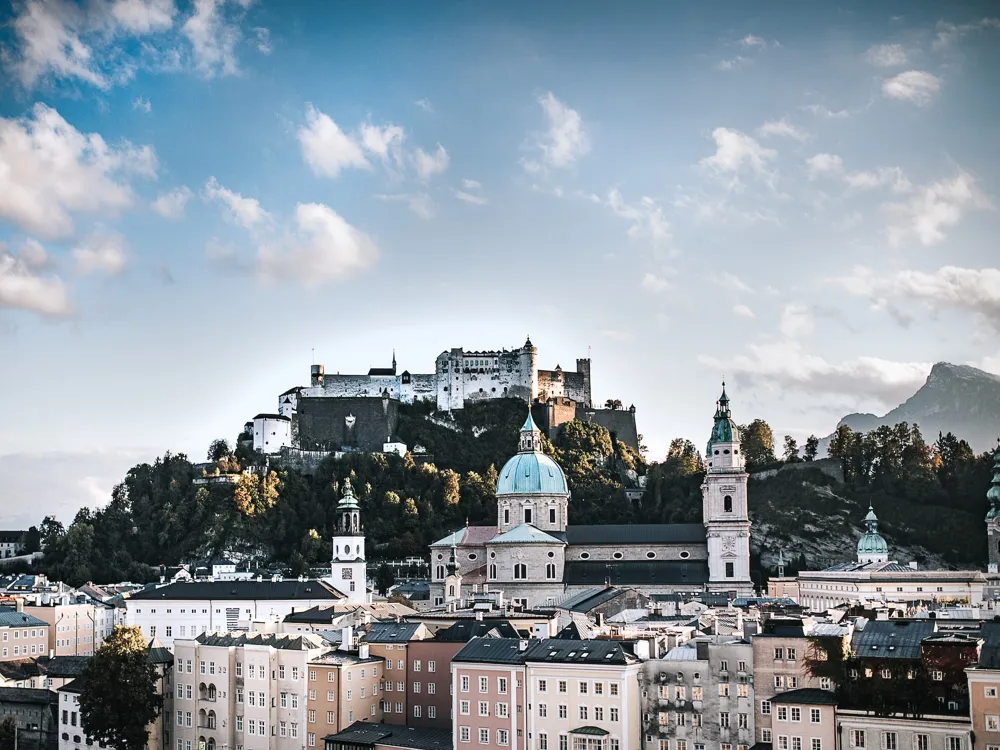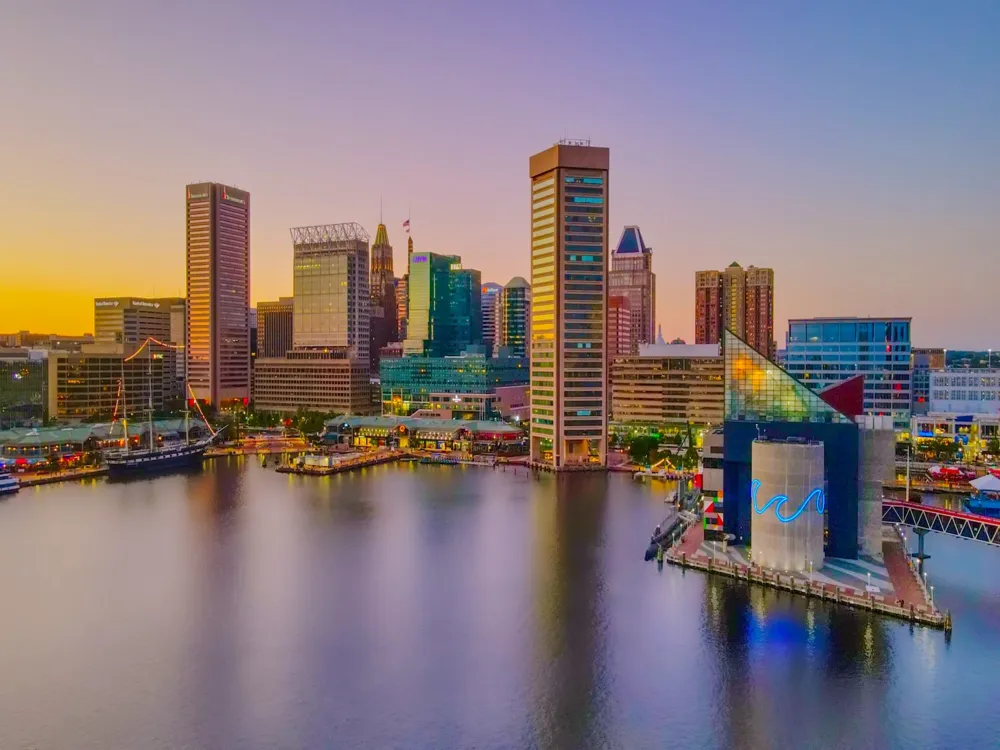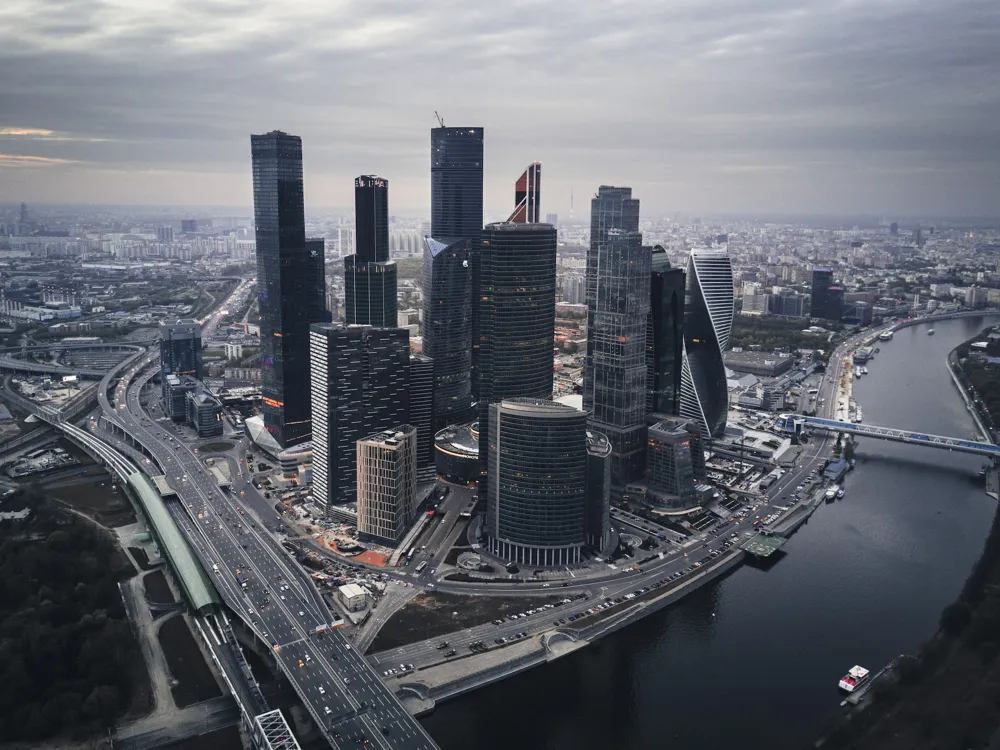Best Time to Visit Johannesburg
South Africa
2 out of 57 Places to visit in South Africa₹ 49,000 onwards View Packages
Get Customized PackagesThe Land of Diversity
Top Hotel Collections

Private Pool

Luxury Hotels

5-Star Hotels

Pet Friendly
What is the Best Time to Visit Johannesburg?
Johannesburg, the vibrant heart of South Africa, beckons travelers year-round with its diverse attractions and dynamic cultural scene. Determining the best time to visit Johannesburg depends on your preferences and the experiences you seek. Let's delve into the city's different seasons to help you plan your trip effectively.
More about the Best Time to Travel to Johannesburg
Travel Peak Season in Johannesburg
The peak season in Johannesburg spans from September to April. During these months, the city comes alive with festivals, events, and pleasant weather. Spring (September to November) ushers in mild temperatures, blooming jacaranda trees, and a lively atmosphere. The summer months (December to February) bring warmer temperatures, perfect for outdoor exploration. This period is ideal for wildlife enthusiasts as it coincides with the birthing season in nearby game reserves.
Travel Offseason in Johannesburg
Johannesburg Tour Packages While the peak season boasts vibrancy, the offseason from May to August offers its own allure. Johannesburg experiences winter during these months, with cooler temperatures and occasional rainfall. However, this is also the time for budget-conscious travelers to explore the city without the crowds. The crisp air and clear skies create a unique ambiance, perfect for those seeking a more tranquil experience.
Johannesburg Travel Packages
View All Packages For Johannesburg
Johannesburg in Shoulder Season
The shoulder seasons of April and September present a sweet spot between the peak and offseason. During these months, you can enjoy pleasant weather and fewer crowds, making it an excellent time to explore the city's attractions comfortably.
Johannesburg in Hot Season
If you revel in warm weather and a lively atmosphere, visiting during the hot season from December to February is your best bet. This is when the city truly comes alive with outdoor events, music festivals, and a general sense of excitement.
Johannesburg in Rainy Season
For those unbothered by occasional rain showers, the rainy season from November to March can be a delightful time to experience Johannesburg. The rainfall rejuvenates the landscape, creating lush greenery, and the city's parks and gardens are at their most vibrant.
Johannesburg in Cool Season
The cool season, spanning from May to August, brings cooler temperatures and occasional rainfall. While not the typical tourist season, it offers a unique perspective on the city, with fewer tourists and a quieter ambiance.
Places To Visit In Johannesburg
Nearby Places Johannesburg
Johannesburg Photos
View All Photos For JohannesburgBrowse Package Collections
Browse Hotel Collections
Faq
Q: What is the best time to visit Johannesburg for ideal weather conditions?
A: The best time to visit Johannesburg for pleasant weather is during the fall and spring months, from March to May and September to November. These periods offer mild temperatures and lower chances of rainfall, providing an enjoyable experience for outdoor activities.
Q: Are there specific events or festivals that make certain times of the year more appealing to visit Johannesburg?
A: Yes, Johannesburg hosts various events and festivals throughout the year. The Johannesburg International Mozart Festival in January and the Standard Bank Joy of Jazz Festival in September are just a couple of examples. Check the event calendar to align your visit with cultural or entertainment experiences.
Q: What is the rainy season in Johannesburg, and should I avoid visiting during that time?
A: The rainy season in Johannesburg typically occurs from November to February. While rain showers are more frequent during this period, they are usually short-lived. If you don't mind occasional rain and prefer lush greenery, visiting during the rainy season can still be enjoyable.
Q: Is there a time when Johannesburg experiences extreme temperatures or weather conditions that should be avoided?
A: Summers in Johannesburg (December to February) can be quite hot, with temperatures occasionally reaching high levels. If you are sensitive to heat, you may want to avoid visiting during these months. Conversely, winters (June to August) can be chilly, especially in the early mornings and evenings.
Q: Are there any considerations for wildlife enthusiasts regarding the best time to visit Johannesburg?
A: For wildlife enthusiasts, the dry winter months (May to September) are recommended for safari experiences in and around Johannesburg. During this time, vegetation is sparse, making it easier to spot animals in game reserves and national parks.

